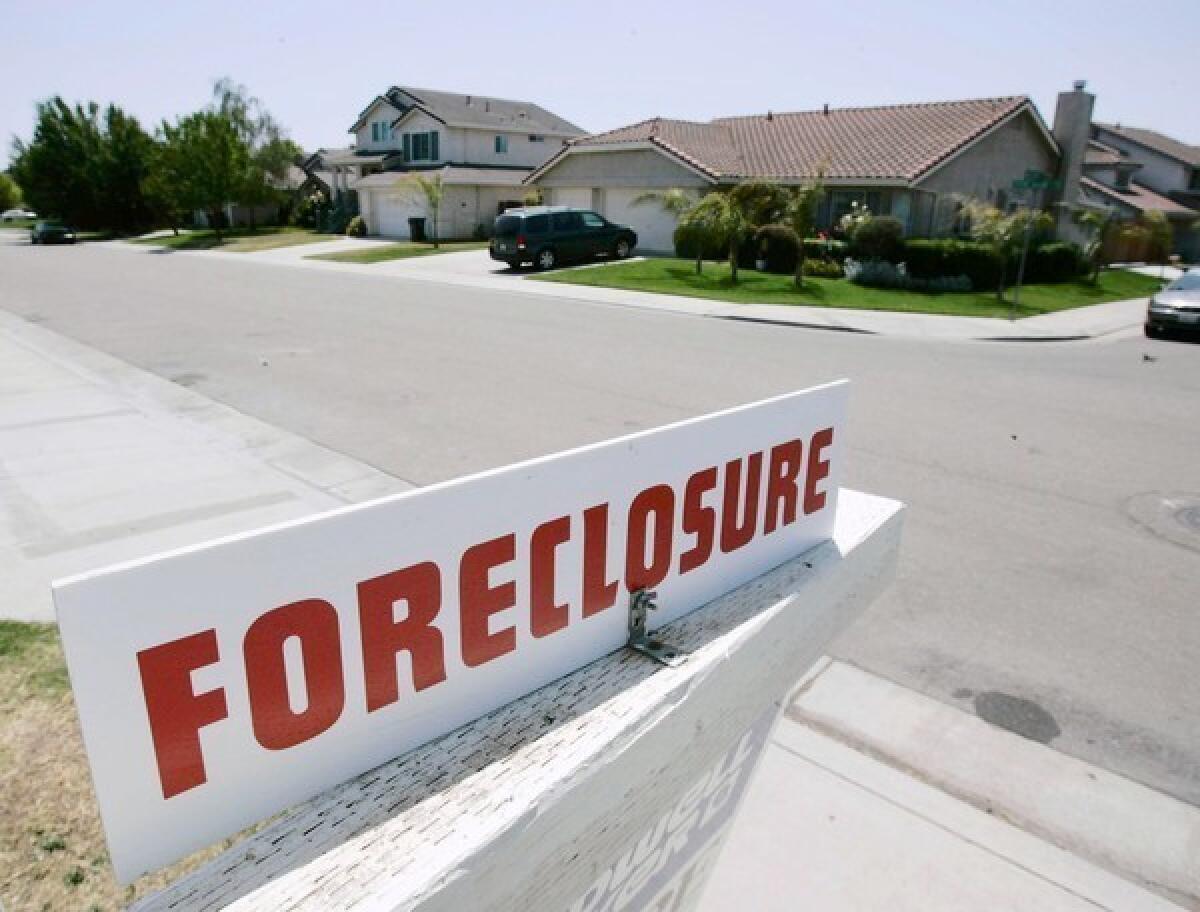Sprawl -- is that all?

- Share via
Responding to William Fulton’s Op-Ed article Monday positing a link between urban sprawl and municipal bankruptcies, reader Sidney P. Anderson of Mission Viejo writes:
“As a retired taxpayer whose home has been saved by Proposition 13, I consider Fulton’s argument poorly disguised apologia. He does mention pensions half-heartedly in his discussion on what empties cities’ coffers, but he fails to use the word ‘union’ even once. He evidently does not object to this cost but blames instead a lack of tax revenue to pay for it. He is obviously not a fan of nonunion taxpayers who end up paying for these unionized government workers’ generous benefits.
“ ‘Sprawl’ and Proposition 13 are to blame. Sure.”
William Fulton responds:
As a longtime homeowner and taxpayer in Southern California — and a lifelong private sector employee — I largely agree with Anderson. So I believe he and I should share the goal of eliminating the structural deficit that traditional suburban development imposes on cities, a cost that will eventually be borne by taxpayers such as Anderson and myself. Smart growth is a good deal for taxpayers like Anderson.
I agree that public employee pension reform should be our highest priority in California. In eight years as a city council member and mayor of Ventura, I saw how rising pension costs eroded our ability to provide basic public services to our residents. My city pushed back against the unions harder than any other city in our county, and as a result we saved taxpayers millions of dollars. But an individual city’s ability to make significant pension changes is limited, which is why I believe aggressive statewide reform is necessary.
The pattern of development, on the other hand, is entirely within a city’s control. Lower public employee costs will reduce the sprawl deficit but won’t eliminate it. It will still cost more to service a low-density neighborhood than a high-density one, and eventually the roads and other infrastructure in these neighborhoods will require expensive repairs — jobs that are typically undertaken by private contractors, not public employees. Anderson and other taxpayers will have to foot the bill for these huge costs.
Smart-growth development, on the other hand, creates a more cost-effective pattern that produces more revenue per acre of land and reduces the cost of providing services because of geographical efficiency. Indeed, like many built-out communities in Southern California, Anderson’s own city of Mission Viejo has been discussing the possibility of encouraging smart-growth development in selected locations.
This is good news for taxpayers. Smart growth in certain locations will protect existing exclusively residential neighborhoods from additional development. And smart growth will generate a tax surplus, helping California’s cities such as Mission Viejo to provide high-quality public services to taxpayers like Anderson within the limitations of Proposition 13.
As I said at the beginning, smart growth is a good deal for taxpayers.
ALSO:
Letters: How to prevent a nuclear Iran
Letters: Lecturing Obama on foreign policy
Letters: A river of trash in the San Gabriels
More to Read
A cure for the common opinion
Get thought-provoking perspectives with our weekly newsletter.
You may occasionally receive promotional content from the Los Angeles Times.






